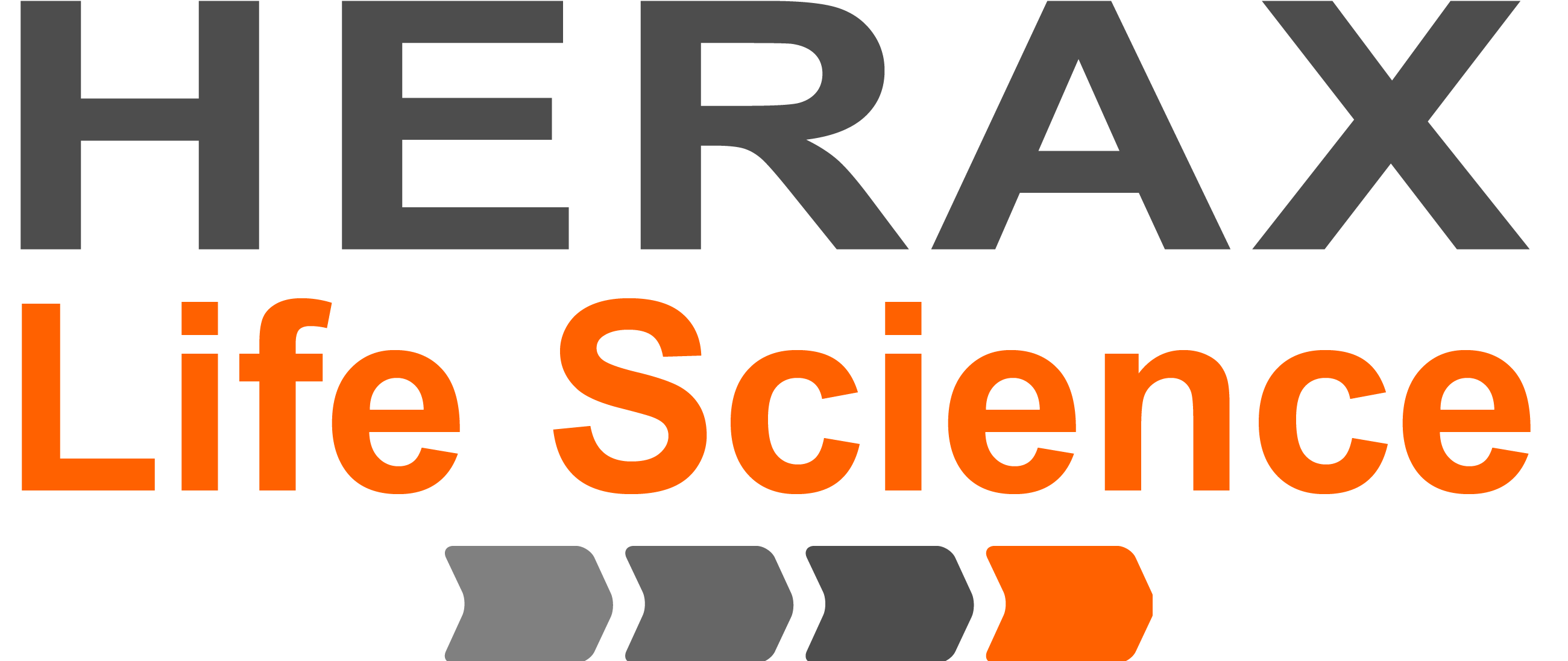Ease of migration/integration into BSI CTMS
by Pauliina Ranne – Senior Consultant
 Overview
Overview
Migration activities have always been the neglected middle-child of system implementations. While monumentally important for continued business operations, it has often been delayed, deprioritized, or made to conform to the plans of other parts of the implementation project.
Traditionally, large data migration has been completed with complex bespoke tools and customized programming. A process associated with high risk of data quality issues, low transparency, non-validated processes, and high cost.
Data is the most crucial asset of Life Science organizations, and special care should be given to migrating data between legacy and new SaaS systems. This has introduced more complex system setups, requiring additional integrations and the need for increased inter-system reliability.
Migration of data between IT systems therefore requires unique focus on all aspects of data, business, and IT continuity. A special focus must be given to making data migrations a major part of the overall project and making it a part of the “business solution”, instead of a technical issue to overcome. Data migrations have a major influence on timelines, and many other aspects of the implementation, e.g., scope, configuration , system setup, and validation.
Migrating into/integrating with a CTMS with built-in data migration/integration capabilities will save a lot of time, money, and effort.
 Simplified migrating/integrating into BSI CTMS
Simplified migrating/integrating into BSI CTMS
BSI CTMS allows you to import (and export) data through a standard data loading tool, based on REST API best practice. Every operation/data move/change is described with necessary configurations, available properties and examples for an easy and hassle-free data import.
BSI has a standard REST API, with fully described interface documentation and detailed examples/requests.
- The APIs can be configured in a way that e.g. list values from an external system are automatically mapped to the correct value in BSI CTMS.
- In the user interface, it is possible to view import and error logs.
- BSI CTMS supports delta-load functionality, where only the changed and newly created data are imported during migration or integrations operations. This can significantly reduce the system cutover time when implementing BSI CTMS, as the majority of the data migration has been completed before transferring the remaining delta-load.
- Data from systems with radically different data models and/or data quality can be transformed by a BSI adapter before importing in BSI CTMS.
File-based import of data is also possible, and BSI CTMS supports semi-automatic file imports with built in data validation, and easy visual troubleshooting which can catch any overlooked data cleaning issues.
 Fully-fledged point-to-point integration interfaces
Fully-fledged point-to-point integration interfaces
BSI CTMS is built for easy integration with other eClinical systems, vendors, and CROs, and offers a range of standard automated integrations with specific EDC, payment, and eTMF vendors.
Additionally, BSI offers standard interfaces to portfolio and project management tools, clinical data warehouses, active directory for single-sign-on, and more.
Automated interfaces and integrations will severely improve your daily data efficiency and eliminate the frustration of receiving ever-changing file and data formatting by email or semi-automatic file transfer.
 Standard System Set-up and Migration Strategy
Standard System Set-up and Migration Strategy
Just like BSI has a standardized system configuration and implementation process, HERAX offer a corresponding Three-Step Data Migration Strategy, configured to your specific legacy systems and data.
The migration strategy will be incorporated into the overall implementation process, timelines and scope, ensuring transparency, stakeholder buy-in, and reduced data quality issues in the final product.
The HERAX Three-Step Data Migration Strategy will help you prepare your organization’s data for continued use in BSI CTMS, by eliminating the common pitfalls during data migrations.
 Conclusion
Conclusion
With BSI CTMS, data migration and integration become a part of the inherent system functionality. Data migration and integration are encouraged and is considered a way to fully utilize the system capabilities.
Employing BSI CTMS’s native functionality results in less complex data migrations, which increases data quality and speeds up implementation. Additionally, easier data cleaning/mapping results in increased operational efficiencies and ensures digital continuity for your organization’s data.
